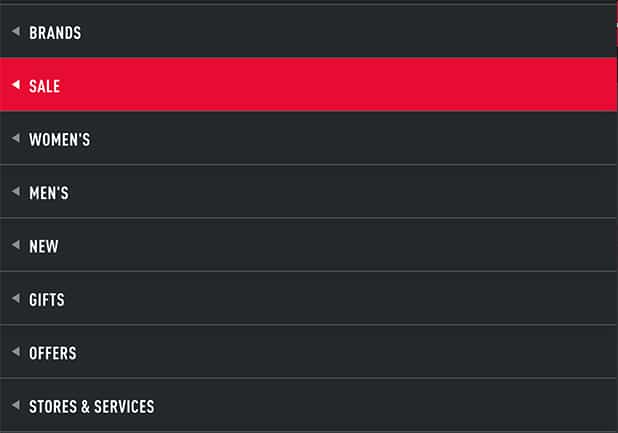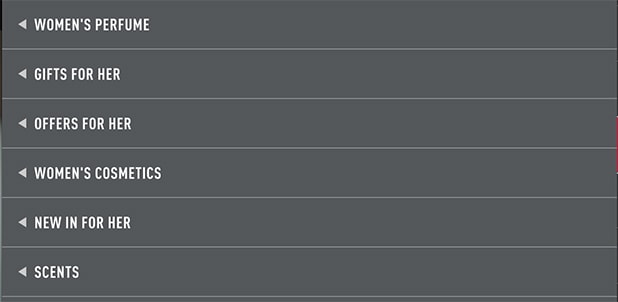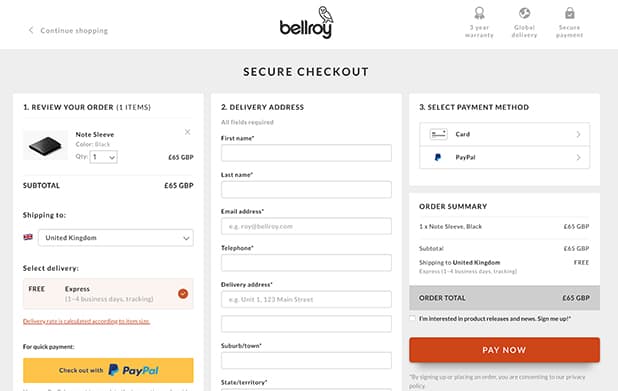If you’re running a Shopify store, you’re interested in increasing sales and growing your revenue. The best way to do this is through Shopify conversion rate optimization. Shopify conversion rate optimization involves identifying how customers currently interact with your store and making adjustments to improve the sales your store makes.
In this post, we’re going to provide you with six conversion rate optimization (CRO) strategies you can employ to ensure your store performs as well as it can do.
You’ll learn:
- What is conversion rate optimization and why should you consider it a core strategy?
- Why you need to think about how a potential customer navigates through your store
- How to improve your product pages to ensure you generate as much revenue as possible
- Why product images are essential to compete in e-commerce
- Ways to show off coupon codes and get real-time purchases
- Why your pricing is important to improving your conversion rates
- How to improve your checkout process to warrant more sales
- Why making things as simple as possible is the key to increased conversions.
Let’s go!
Conversion Rate Optimization
Conversion rate optimization is a set of marketing strategies for driving the percentage of your website traffic thatYou’ll a conversation. It uses the psychology of persuasion in the design of product pages, product images, and pricing to encourage target customers to take the desired action. Depending on your goals, these actions might be email sign-up, new sales, or any other activity.
But how do you calculate your conversion rate?
Here is the formula:
| Conversion Rate= (Total number of conversations/number of visitors) * 100 |
Imagine that you had 50 sales and 1,000 visitors last month. Your conversion rate is 50 divided by 1,000 and multiplied by 100 which equals to 5%. Is it a good conversion ratio?
Well, that depends on your business size and goals, but a good conversion ratio goal should be between 2% and 3% if you are a new store owner.
The following conversion rate optimization strategies can help you improve your ratings.
Let’s dive in!
Create an Easy Navigation
When you visit a brick-and-mortar store, you can see all the products. You can walk around, touch each item and get a feel as to whether you want to buy it.
However, when you visit an e-commerce store, the same doesn’t hold true. It would be best if you navigated the store yourself in the hope that you can find the products you’re looking for.
To focus on Shopify conversion rate optimization, you must ensure your navigation is as smooth as possible.
Increasing Shopify conversations makes finding, locating, and buying your desired products easy.
We can see the top-level navigation when we visit the Perfume Shop website.

This allows us to select the type of perfume we’re looking for depending on our own search criteria.
Imagine if this store had no navigation and only one page for all the products. How would you establish whether a perfume was for women, men, or a gift item?
It’d take far too long to work and at that time? You’re going to lose customers.
So if you want to improve your Shopify store conversions, segment your products by categories, price, or any other defining factors your customers might want to use to help them pick their products.

What’s more, this store goes further to segment its products. If you click “women’s,” you can choose whether you want perfume, gifts, offers, cosmetics, etc.
This is a great way to increase conversions for stores with many products by making it easier for people to find what they’re looking for.
Optimize Your Product Pages
We’ve already established that shopping in a brick-and-mortar store is easier than online. When you find a product you like, you can ask the store clerks for more information about it.
When you’re online, though, you have to rely on the information listed on your product page.
If there is no information regarding your products, how does someone know it’s right for them.

Fitbit has an impressive product page for each of their products. You can see a range of “women’s” products, including your people using the product. You’re also able to see a video of the product in action.
What’s more, there is a detailed product description that explicitly tells the potential customer what they will receive.
They show you what colors you can buy the product in, size, and price.
All this information is helpful for conversions because it means your potential customers don’t have to look elsewhere to find the information they’re looking for.
Review your current product pages and see whether they could benefit from more information.
Maybe you don’t have clear enough product photography, or perhaps your product description copy is weak in relaying the benefits of buying the product.
Include High-Quality Product Images
One of the most essential parts of product pages is high-quality product photos. Because your customers are eager to compare your products with your competitors, and since e-commerce is a highly visual experience, your images should be of the highest quality.
Include images that show your products from different angles. You can also include a video that shows your product in action.
For example, if you are selling dresses, a video can give customers a better idea of what it looks like in motion.
You can research your competitors’ product images and compare them with yours to optimize your images. It can give you an idea of what your pictures look like from a customer’s perspective.
Offer Coupon Codes for Higher Conversions
After your customer lands on your homepage, you can start building excitement around your customers and driving them toward your products.
You can include welcome buttons or pop-ups to incentive purchases at that moment because welcome buttons are a great way to lead the first purchase and win new customers!
For example, you can offer a 10% discount for the first purchase by asking to sign up for an email newsletter. That way, you can increase your email list and get new sales.
There are a range of ways to attract customers with types of coupons, and welcome buttons are just one of them. Consider offering discounts or free shipping after purchase which can turn your customers into loyal ones.
You can test different types of coupons and find the ones that attract more sales and engagement around your customers.
Price Effectively to Compete with Your Rivals
Optimizing your pricing is a great way to increase your conversions. After all, pricing is a key factor affecting a customer’s willingness to pay.
Getting your pricing right is crucial. You’ll lower your conversion rates if you price too high without showing value.
Price too low and you could come across like a commodity which will also harm your conversion rates.
You, therefore, want to optimize your prices so that they reflect the value you offer as well as the target audience you target.
There are a range of ways to optimize pricing for conversions. Still, one of the best ways is to use a Shopify repricing tool that will allow you to track what you and your competitors are currently charging and historically charging.
You can use this data to come up with the optimum pricing point that won’t alienate your customers, and still generate significant profit.
Optimize Checkout
After a customer has browsed your website, chosen the products they like, they want to complete their purchase as quickly as possible.
Your checkout process will either invite people to buy or alienate customers and you’ll be left with abandoned carts.
Bellroy have an optimized checkout process that’s successful in increasing conversions. Let’s look at how.

First of all, the entire checkout is on a single page. This is good for helping customers understand how much of the checkout process is left.
Second, they provide you with a link to Paypal for quick payment. This is beneficial for users who don’t have time or don’t want to enter their card details.
Your order is shown twice on the checkout page to ensure you’re happy with what you’ve chosen.
Shipping costs are listed on the checkout page so that customers don’t have to go through the shock of seeing higher shipping costs than they’d expect.
Keeping your checkout process streamlined and easy to use is essential to increase Shopify conversion rate.
You can also try the following:
- Allowing users to check out as a guest. Checking out as a guest reduces the time a user needs to input their data, especially if it’s someone’s first time on a site.
- One-click payments. One-click payments use stored card details to improve the speed of a customer’s purchase.
- Using address shortcuts. To save potential customer’s time, utilize autocomplete for address inputs.
- Accepting social logins. Instead of creating an account, allow your customers to login and authenticate using their social platforms. This will make it easier for them to log in upon return visits and limit the number of people who don’t purchase due to forgotten passwords or usernames.
Wrapping it up
In this post, we’ve looked at how you can improve your Shopify conversion rate optimization on your store.
We’ve considered why you should focus on your navigation to improve the way a customer navigates through your store.
You’ve learned about what makes a good product page and why the details you include can aid or detract from your conversion potential.
We’ve looked at pricing and why optimizing it is a great way to increase conversions.
You will have also seen why your checkout process should be as simple as possible and only request relevant information to increase conversions.
When you focus on conversions, you put the customer first; when you do, you’ll see an increase that does fit.
e-commerce marketing

